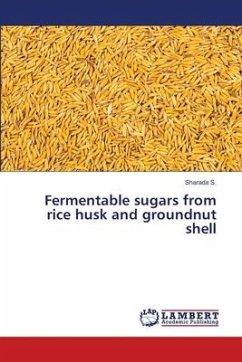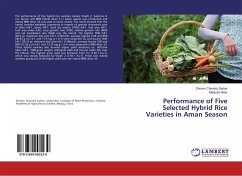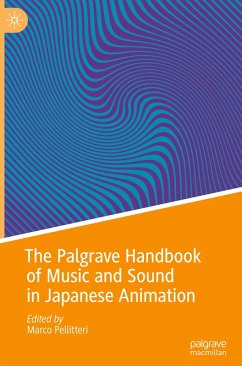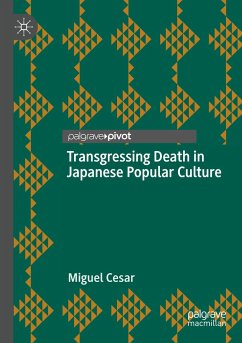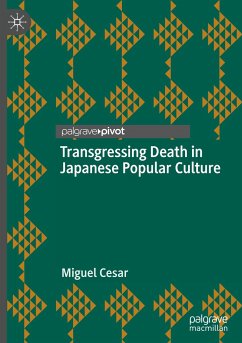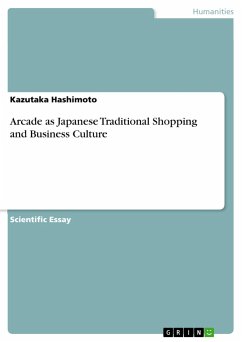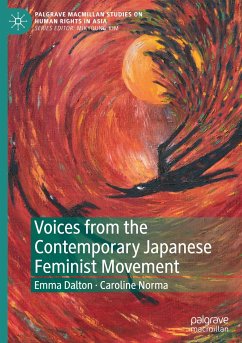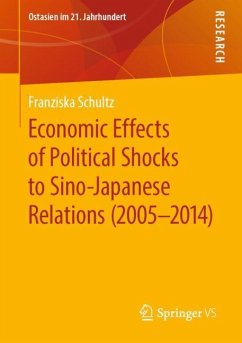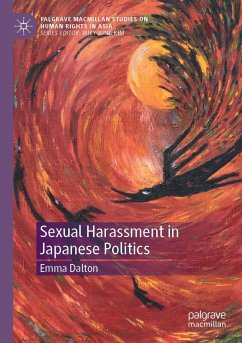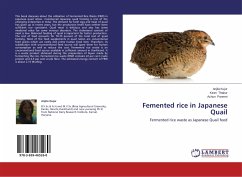
Femented rice in Japanese Quail
Fermented rice waste as Japanese Quail feed
Versandkostenfrei!
Versandfertig in 6-10 Tagen
24,99 €
inkl. MwSt.

PAYBACK Punkte
12 °P sammeln!
This book discusses about the utilization of Fermented Rice Waste (FRW) in Japanese quail ration. Commercial Japanese quail farming is one of the emerging enterprises in India. The demand for both egg and meat of quail has gone up in recent years, but the production levels have neither been sufficient nor consistent. Quail meat is delicious and also has some medicinal value for some nervous disorders. The cholesterol content of meat is low. Balanced feeding of quail is important for better production. The cost of feed accounts for 70-75 percent of the total cost of quail farming. Most of the f...
This book discusses about the utilization of Fermented Rice Waste (FRW) in Japanese quail ration. Commercial Japanese quail farming is one of the emerging enterprises in India. The demand for both egg and meat of quail has gone up in recent years, but the production levels have neither been sufficient nor consistent. Quail meat is delicious and also has some medicinal value for some nervous disorders. The cholesterol content of meat is low. Balanced feeding of quail is important for better production. The cost of feed accounts for 70-75 percent of the total cost of quail farming. Most of the feed supplements in quail ration are conventional feed grains which are costly and prime human food item. Therefore, its substitution with unconventional feed source will spare them for human consumption as well as reduce the cost. Fermented rice waste is an unconventional feed source available in sufficient amount in Jharkhand. It is a waste product obtained during the preparation of liquor made by fermenting the rice. Fermented rice waste (FRW) contains 22 per cent crude protein and 4-5 per cent crude fibre. The estimated energy content of FRW is about 2.15 McalKg.



